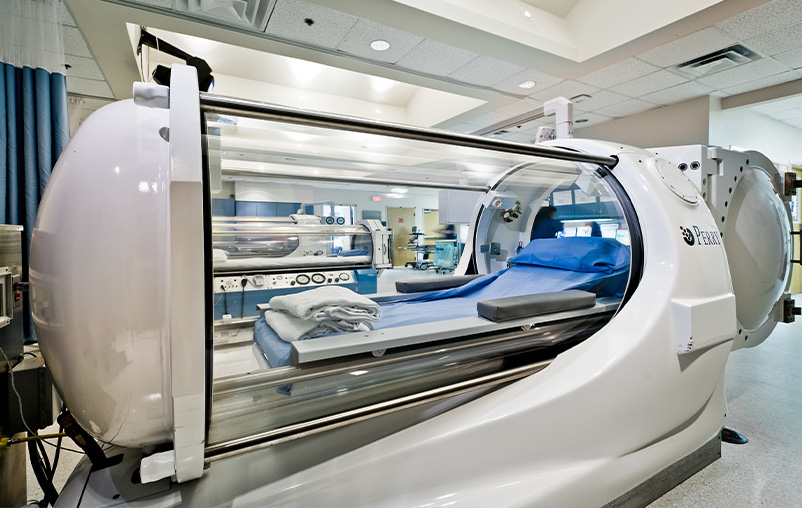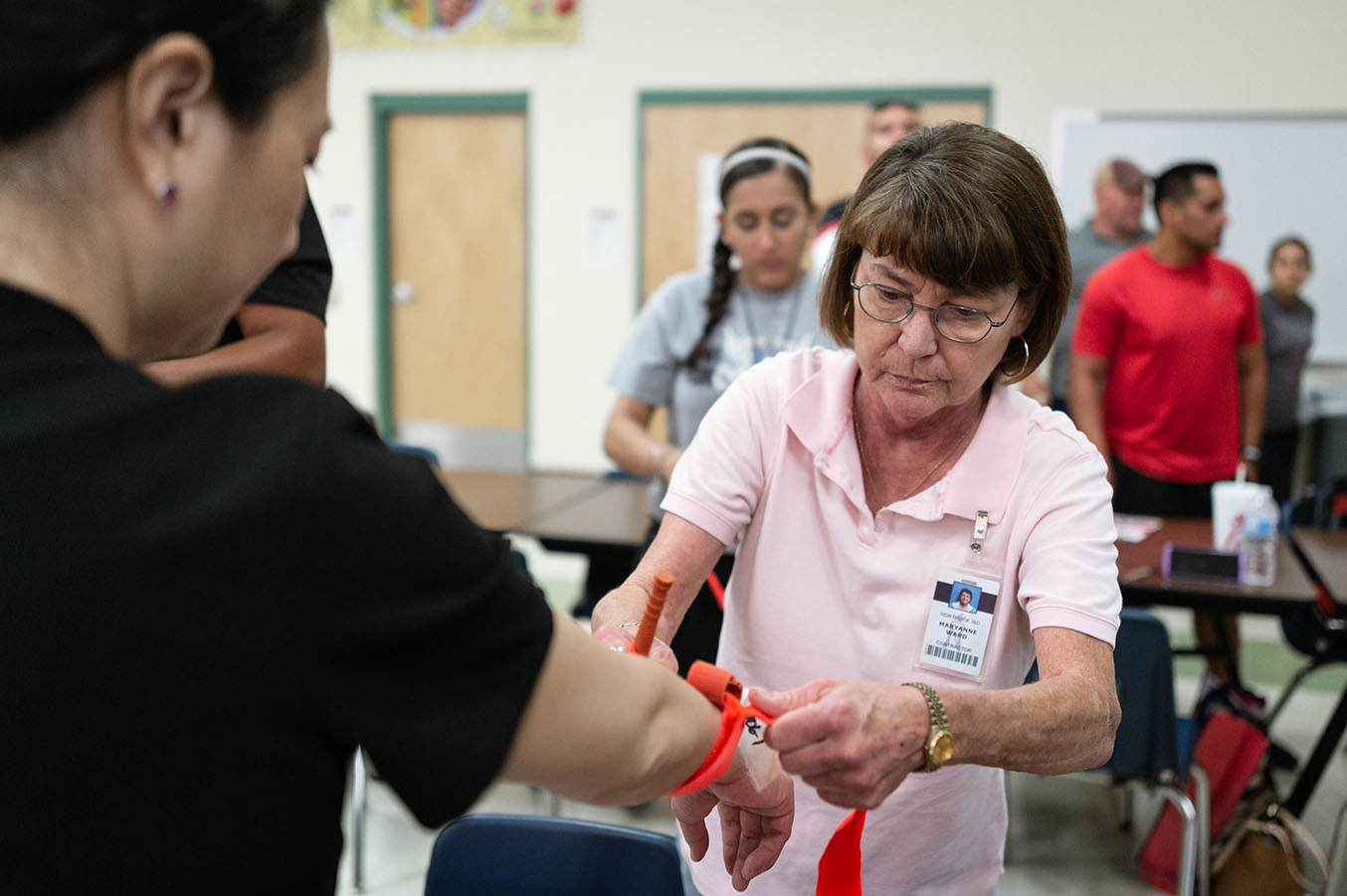Rising Injury Rates Seen for Falls, Bike Crashes, Dog Bites and Fireworks Among University Hospital Patients
Second annual Community Trauma Report highlights areas of concern
As we head into the holiday season and families across the country take to the road, it’s a good time to reflect on the very real risk of injuries and death from car crashes and other causes of trauma. With that goal in mind, University Health is releasing its second annual Community Trauma Report. The report looks at major causes of serious injuries and trends in South Texas over a five-year period, using data from thousands of trauma patients seen at University Hospital.
“With this, our second annual Community Trauma Report, we hope to continue an important conversation about the terrible cost of serious injuries in our region,” wrote Dr. John G. Myers, chief of trauma and emergency surgery, and professor of surgery at the UT Health Science Center, in the report’s introduction. “In order to make a significant dent in this problem, however, we need a communitywide commitment to safer driving, to safer streets and to safer homes. Each of us must encourage, expect and even demand responsible behavior from our family, friends, coworkers — and ourselves.”
University Hospital’s Level I trauma center treated 4,340 people— 3,246 adults and 1,094 children — in 2013. That was a 3 percent increase from 4,217 in 2012, and a 29 percent increase over a five-year period. Car crashes were the leading injury cause among trauma patients ages 10 to 44.
Falls brought more seriously injured patients of all ages than any other cause in 2013, slightly edging car crashes, with 1,133 falls and 1,130 car crash injuries. The Spotlight section of this year’s report takes a closer look at the serious problem elderly falls, along with concussions and dog attacks.
Among the report’s other highlights:
Injuries to children
Car crashes — the rate (per 100,000) of children injured in car crashes in 2013 was down 21 percent from the previous year. Since 2009 that rate has dropped 17 percent.
Bicycle injuries — the bike injury rate for children has gone up in each of the past five years, for a total of 430 percent.
Dog bites — the rate of children injured by dog bites rose roughly 2½ times between 2012 and 2013, and is up 196 percent since 2009.
Fireworks — the rate of children injured from fireworks in 2013 is 161 percent higher than the previous year, and 370 percent higher than in 2009.
Injuries to adults
Car crashes —the car crash injury rate for adults saw a one-year decline of 19 percent in 2013. But over five years, that rate is 11 percent higher.
Bicycle injuries — the rate of adults injured on bicycles has doubled over the past two years, and is 633 percent higher than in 2009.
Falls — the rate of adults injured in falls rose 44 percent over a five-year period. In 2013, the rate was 19 percent higher than in 2012.
Violence — the rate of adult shootings is down a bit from the previous year, but up 33 percent since 2009. The overall rate of violent injuries from all causes has risen fairly steadily, and is up 36 percent since 2009.
This year’s report also looks at the economic boom brought by oil and gas production in the 14 Eagle Ford Shale counties to our South and West. The number of trauma patients treated at University Hospital from those counties has grown in each of the past four years, from 476 in 2010 to 744 last year, the report states.
University Hospital is the premier Level 1 trauma center for a 22-county region of South and Central Texas. It operates the only pediatric burn program in the region, and in 2012 became the first hospital in South Texas to be verified a pediatric trauma center by the American College of Surgeons. It remains the highest level trauma center for children within that region. With its physician partners at the UT Health Science Center School of Medicine, University Hospital provides comprehensive, around-the-clock care for life-threatening injuries.


